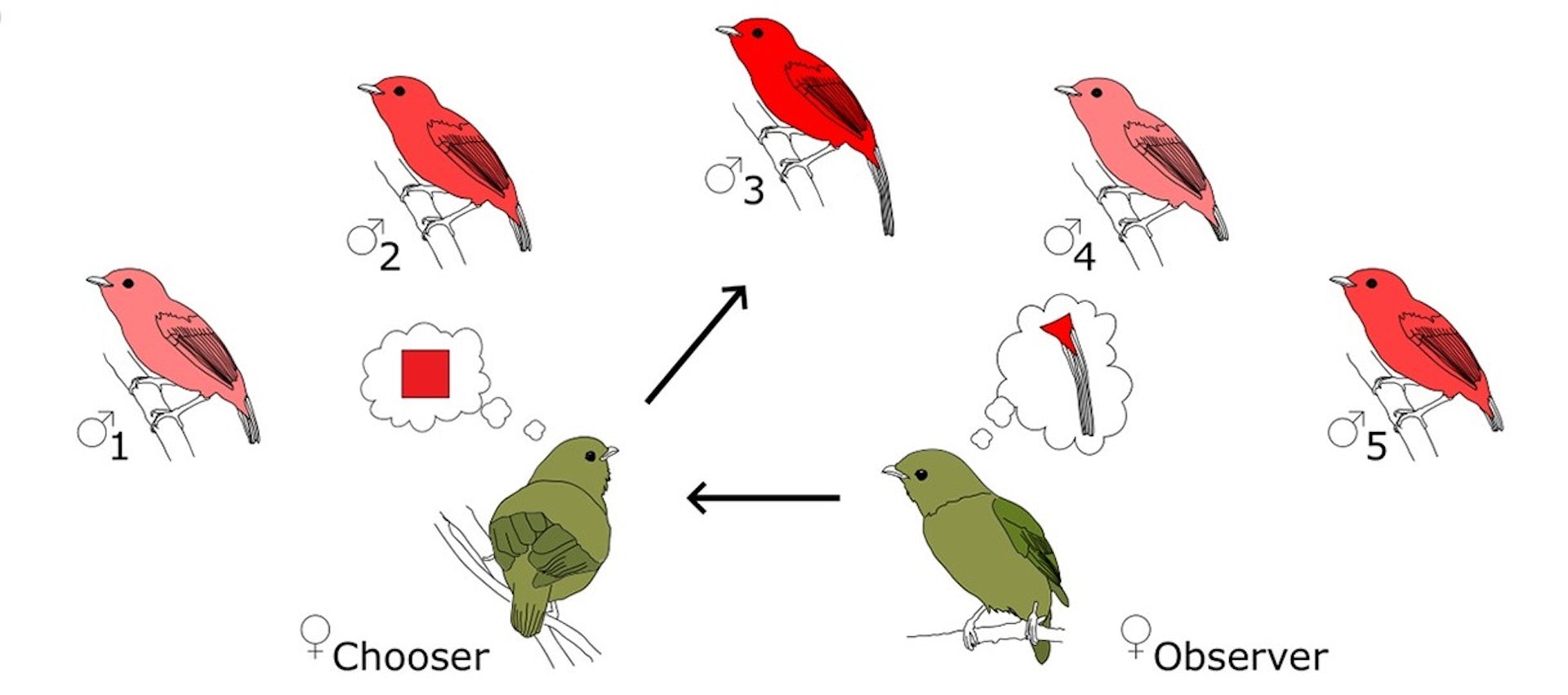MI weekly selection #530

Oldest human North American footprints
Scientists have used new methods of analysis to trace human footprints, the earliest known fossilized human footprints in North America, in New Mexico’s White Sands National Park. Researchers examined quartz grains under the tracks using optically stimulated luminescence dating to determine that the layers were at least around 21,500 years old, confirming that humans were in the area during the Last Glacial Maximum about 26,500 to 19,000 years ago.
Full Story: Live Science
Earth’s iron inner core is soft, not solid
The Earth’s inner core is much softer than scientists expected. Researchers discovered that the atoms of the planet’s iron core are arranged in a hexagonal pattern, as previously thought, but are able to move around inside the pattern, creating a surprisingly gooey core.
Full Story: Business Insider
Highest-energy pulsar yet found in Vela constellation
Astronomers have detected the most energetic pulsar ever seen radiating at 20 trillion electron volts. The pulsar — a rotating remnant of exploded stars — is located around 1,000 light-years from Earth in the constellation Vela and its strong energy suggests that the magnetic field lines of pulsars can collide and send particles flying at extreme speeds.
Full Story: Science News
Changing minds about how females choose
Animal mating may be less based on signs of quality genetic traits and more about what females see their more experienced female peers gravitating toward, such as bright colors, a hypothesized mechanism known as inferred attractiveness,. The study is unique because it proposes how populations may sustain variation.
Full Story: The Conversation
The promotion humans didn’t want — to top apex predator
Giraffes, elephants, rhinos and other wild animals are more scared of the sounds of humans talking calmly than they are of lions, according to a study that identified the human species as a “super predator.” “If the fear of humans is so pervasive, and happens to all animals out there on our planet, then it really adds a new dimension to the worldwide environmental impacts that humans might be having,” said researcher Liana Zanette of the University of Western Ontario in Canada.
Full Story: ScienceAlert